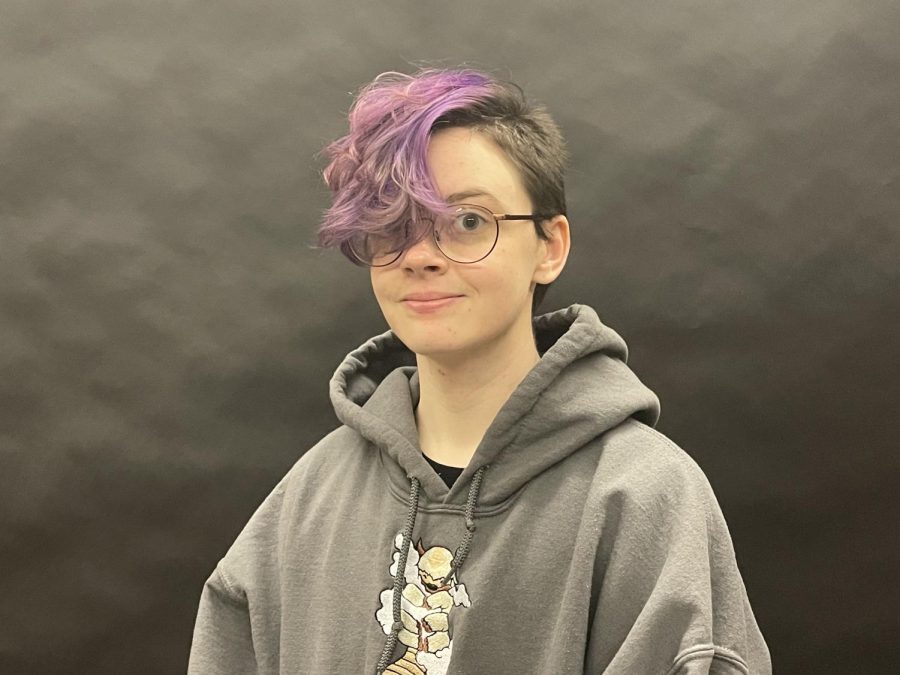COLUMN: Disney’s cultural representation is getting better
March 4, 2022
The majority of people reading this have probably heard of or have watched “Encanto.” It’s one of Disney’s most popular movies right now, and it’s deserved. The movie has a dynamic character cast, an upbeat soundtrack, and amazing animation. But I’ve noticed that compared to other movies, “Encanto” has a lot more inspiration from culture than other Disney films.
Disney has been doing this a lot lately – they’ve been using culture as a tool for storytelling. In the past, a lot of their movies may have different things from a certain culture floating around, but it never really felt clear and was separate from the story. Someone who has only watched “Cinderella” once probably won’t know that it takes place in France. Most people don’t know that “Snow White” takes place in Germany just by watching the Disney adaptation, although there’s evidence in the setting.
While there are some Disney movies that very obviously take place in a non-American culture, it feels as if it’s used as an accent to the story rather than a part of it. This happens in movies such as “Beauty and the Beast” and “Frozen.” But in movies like “Encanto,” “Coco,” “Moana,” and “Luca,” it would take a lot of effort to not only spin the story, but to change the cultural inspiration entirely in the movie.
For example, “Coco” would not be “Coco” without the influence of Mexican culture. The plot is based around Dias de los Muertos (also known as Day of the Dead), a celebration that originated in Mexico. The plot is that one of the characters, Hector (who had previously passed away before the film’s setting), is close to being forgotten in the land of the living. To prevent this, he asks the main character Miguel to take his picture back so that he can be remembered.
Mexican culture is so integrated into the plot that, to remove it, a different holiday representing Dias de los Muertos and its traditions would have to be used. Not only that, but the animation would have to change to accommodate the missing pieces that come from Mexican culture. This inspiration makes the movie so much more interesting – not only do we get to see a culture on screen that’s different from most of the American culture we see on Disney, but we also get a heartfelt plot and fun characters.
There are a lot of movies from past Disney eras that are heavily influenced by different cultures as well. I think that “Brave” and “Hercules” were good at using things from their respective cultures. “Brave” uses aspects of Celtic folklore to further the plot, such as the will-o’-the-wisps, who guide the main character Merida through her conflict. “Hercules” is based around Greek mythology, but there are lots of references to sports, clothing, art, literature, and more things from Greece that don’t directly relate to the original myth.
Disney still has a long way to go. However, based on their history and where they were before, these are awesome strides in creating a more engaging and inclusive environment from them. And while these are works of fiction, and won’t always be 100 percent correct or realistic, it is definitely refreshing to see Disney use culture as a piece of the stories they’re telling, rather than a simple footnote.
Ian Stobaugh is a freshman German major. He can be reached at 581-2812 or [email protected].
















































